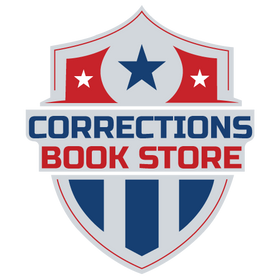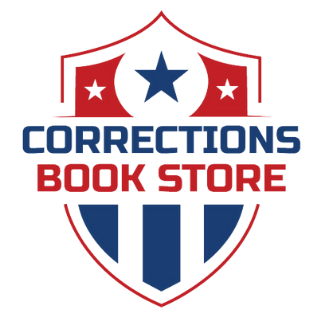Incarceration is more than just confinement — it is also an opportunity for personal growth, self-reflection, and transformation. One of the most effective tools in supporting this process is access to reading materials. From books to magazines, printed content has a direct impact on inmate education, mental health, and long-term success.
At Corrections Bookstore, we provide approved reading materials tailored to the needs of correctional environments. This article explores how rehabilitation through reading changes lives and why prison reading programs are essential to the inmate experience.
The Power of Inmate Education
Access to education inside prison walls has been proven to reduce recidivism and increase post-release success. Reading plays a foundational role in that process. Whether pursuing a GED, learning a trade, or simply improving literacy, books provide inmates with the resources they need to grow intellectually and prepare for life beyond incarceration.
Studies show that inmates who participate in educational programs are significantly less likely to return to prison. Reading improves vocabulary, critical thinking, writing skills, and comprehension — core elements that form the basis of further learning.
Rehabilitation Through Reading
Rehabilitation through reading extends far beyond academic progress. Books allow inmates to:
- Reflect on their past decisions
- Explore new ideas and perspectives
- Develop empathy and emotional awareness
- Learn problem-solving and life skills
- Find a sense of purpose and direction
From biographies and memoirs to motivational guides and spiritual texts, inmates use reading to gain insight and build a healthier mindset. Access to the right material can help individuals understand the consequences of their actions and foster a genuine desire to change.
The Role of Prison Reading Programs
Across correctional institutions, prison reading programs are proving to be a powerful intervention tool. These programs may include:
- Structured book clubs
- Literacy workshops
- Library access and lending systems
- Educational curriculum supported by reading
By offering consistent access to books and reading-based activities, these programs build community, reduce behavioral issues, and support mental health. Inmates who regularly participate in reading programs often exhibit increased discipline, focus, and self-control.
Programs that encourage reading also help prepare inmates for reentry into the workforce by building essential skills such as communication, time management, and comprehension.
How Books Help Inmates Emotionally and Mentally
Understanding how books help inmates involves looking beyond academic outcomes. Reading also contributes to emotional regulation and mental well-being in several ways:
- Provides an escape from daily stress
- Offers tools for managing anxiety and depression
- Reduces boredom and restlessness
- Builds confidence through knowledge and understanding
Magazines play a complementary role by keeping inmates connected to the outside world. Whether it’s news, sports, or general interest topics, magazines allow inmates to stay informed and feel part of society even while serving time.
Recommended Reading Materials for Inmates
The most effective reading materials for inmates support a range of goals, including education, rehabilitation, and entertainment. At Corrections Bookstore, we recommend:
- Educational books (GED prep, business, writing skills)
- Motivational and personal development titles
- Fiction for mental engagement and storytelling
- Faith-based and spiritual books
- Activity books for cognitive stimulation
Our selection is curated to meet correctional facility standards and to align with the content needs of incarcerated individuals. Every book is shipped directly from our store in compliance with institutional mailing guidelines.
Why Access to Reading Materials Should Be a Priority
Investing in reading materials for inmates is not just an act of compassion — it is a practical strategy for long-term rehabilitation. Reading helps inmates:
- Build the skills needed for employment
- Regain a sense of self-worth
- Understand the impact of their actions
- Set realistic goals for life after prison
Correctional facilities that prioritize inmate education and reading access are more likely to see reduced violence, improved behavior, and successful reintegration of inmates into the community.
Final Thoughts: Reading as a Catalyst for Change
Rehabilitation through reading transforms lives. It allows inmates to grow intellectually, develop emotionally, and prepare for a successful future. By supporting prison reading programs and encouraging access to high-quality, approved reading materials, we can play a direct role in improving the outcomes of those who are incarcerated.
Whether you are a family member, a facility administrator, or an advocate, providing reading materials is one of the most effective ways to support meaningful change. Visit Corrections Bookstore today to explore our full selection of approved books and magazines designed to support every stage of an inmate’s journey.

